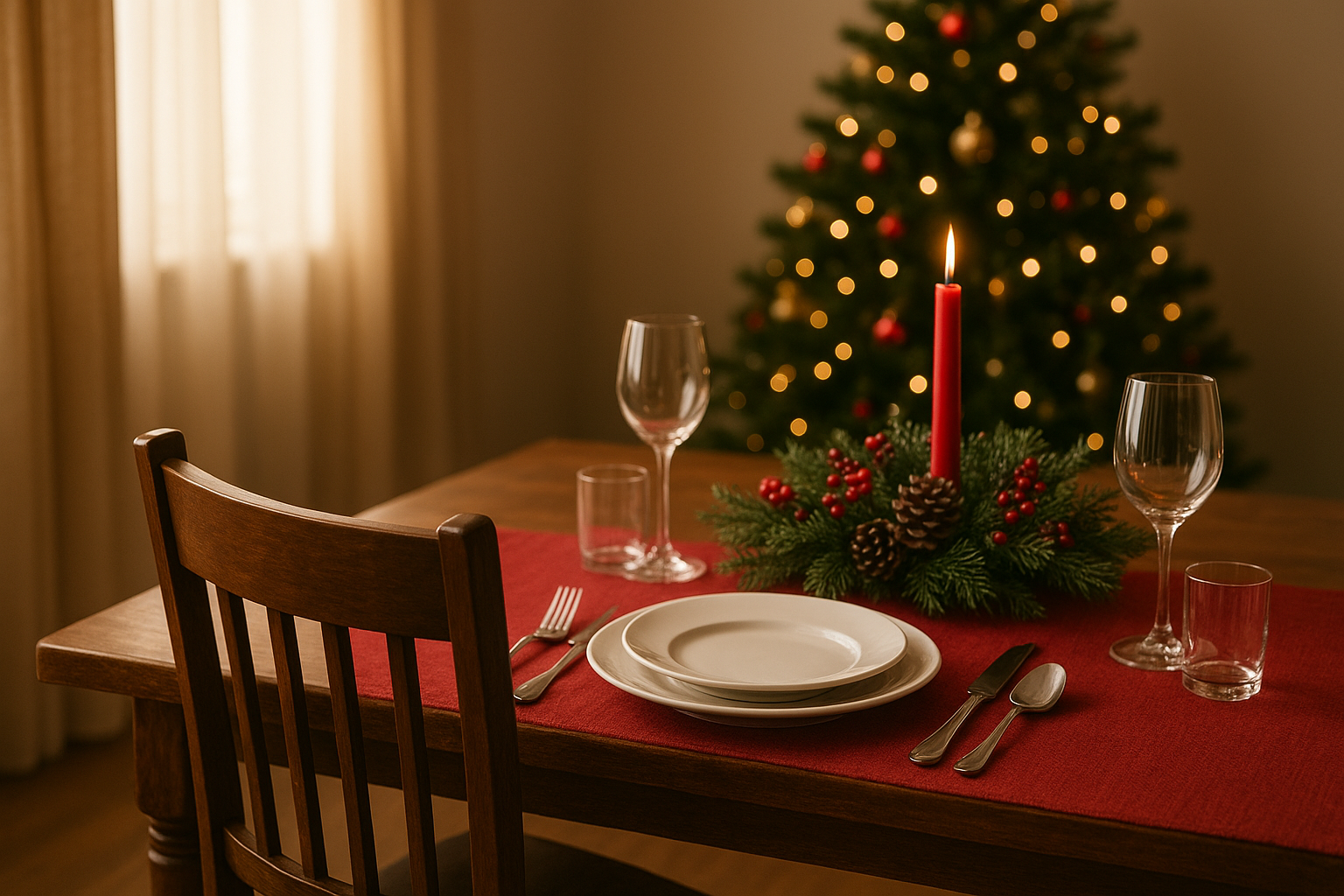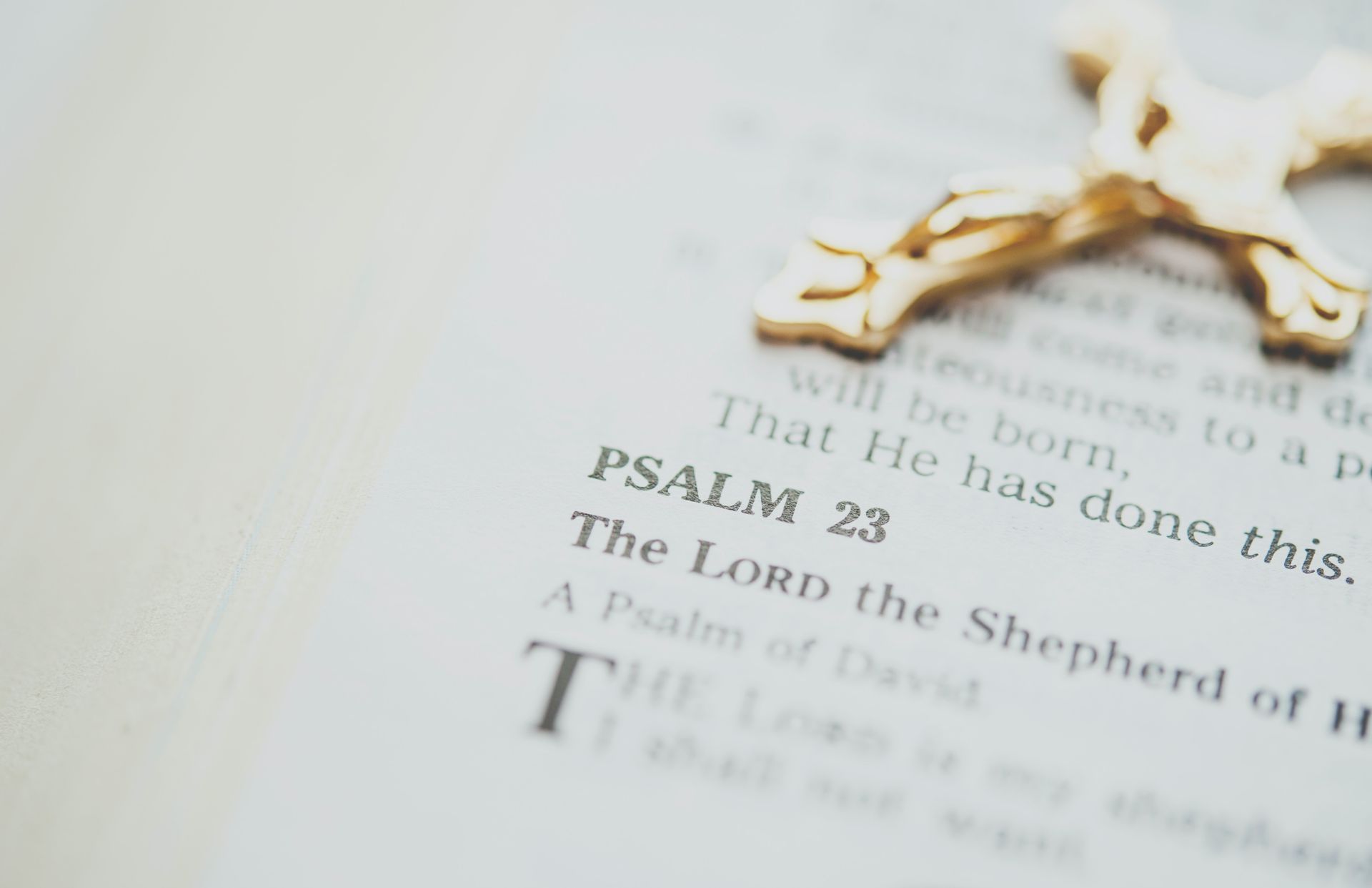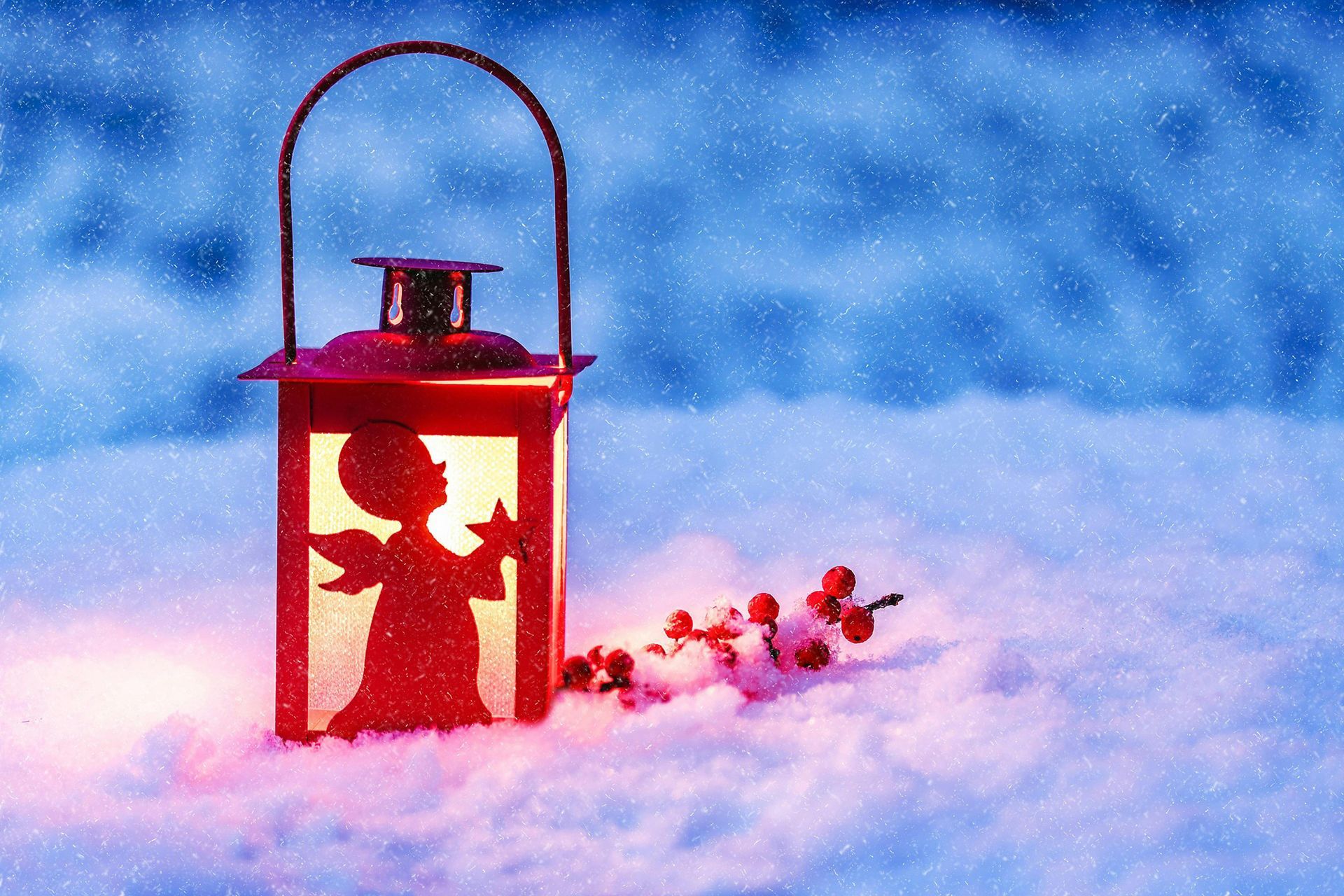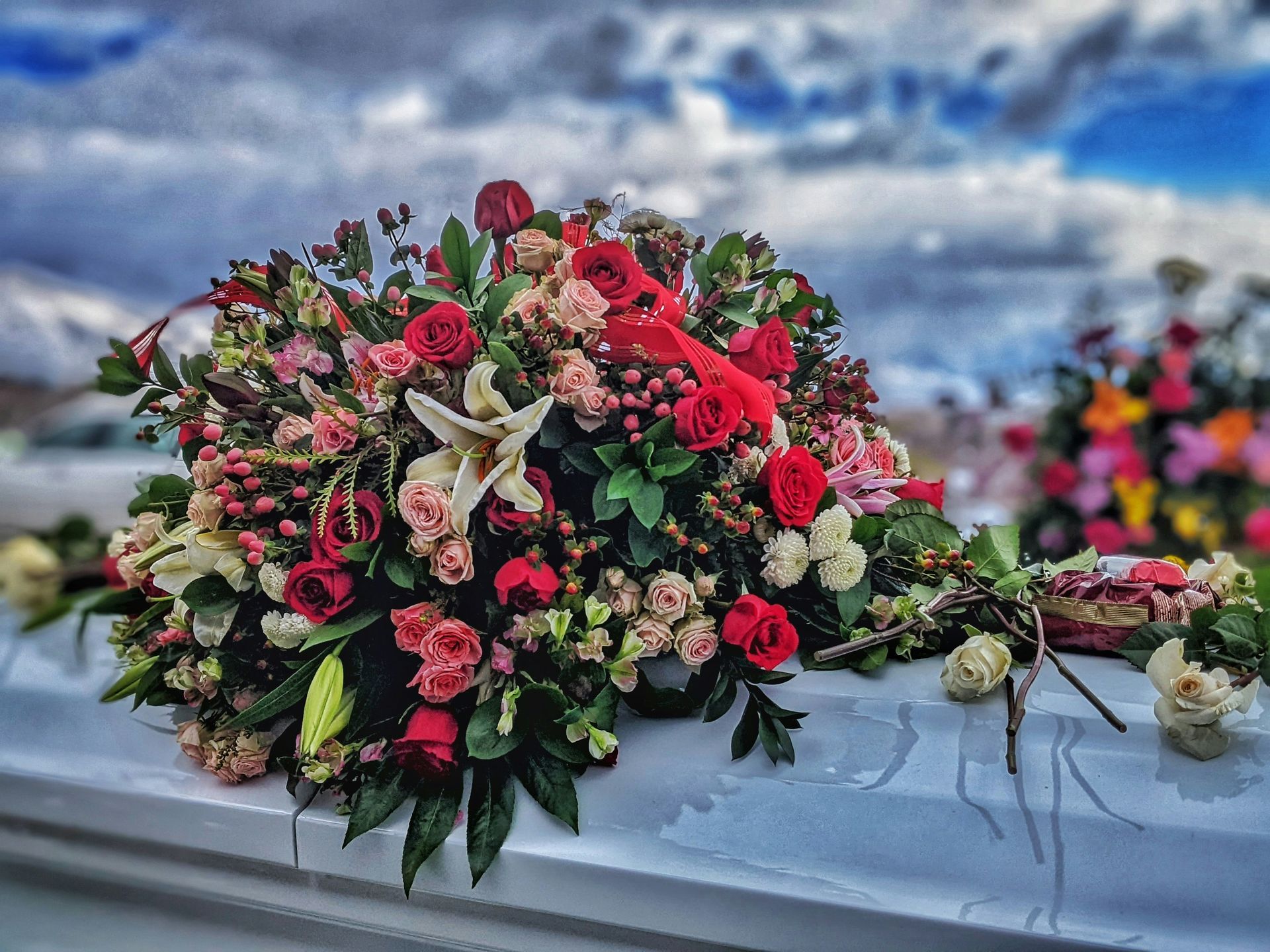After a death, it feels like there are a million things to figure out. Making funeral arrangements can be challenging and emotional for a lot of people. What can make it even more difficult, is not knowing what to expect when you walk into the funeral home. Although each funeral director has a different approach to making arrangements, here is a general outline of what you could anticipate when making arrangements:
- Final Disposition: Final disposition is the term for what happens to a body after death. The forms of disposition would be burial/entombment (whether the body is embalmed or not) or cremation. If cremation is chosen, the majority of the legal next of kin would need to sign an authorization. For example, if there is a spouse that would be the only signature needed. But, if the next of kin is five children, three out of the five would need to sign the cremation authorization.
- Deciding What Kind of Funeral You Want: The next step is to decide what type of service you or your loved one wants. If there is a church home, the clergy is often invited to join the arrangements. Once a day, time, and location are decided, we talk about what elements the service will include. This would include music, scripture and other readings, and the order of service.
- Vital Statistics: Another step in the process is to collect vital statistic information that is used to file the death certificate. The type of information needed includes full name, date of birth, social security number, and parent’s names.
- Choosing a Casket or Urn: If you choose burial, you’ll select a casket. For cremation, you’ll choose an urn. Our funeral homes have some on hand to look at or a catalog to choose from.
- Obituary: The funeral director may ask more questions to get to know your loved one better. This information is used to write an obituary. Families may choose to write an obituary on their own or with the help of a director. Whatever you choose, we are here to help.
- Pictures: Be prepared to bring in a photo of your loved one. This could be used on the funeral home website, the newspaper, and the memorial folder. Other pictures can be included in the memorial folder as we can fully customize them. We also supply boards to make photo boards or we can put together a digital slideshow.
- Lunch and Flowers: Flowers and lunch can be ordered through third parties. Funeral directors can help with the ordering of these things or you may choose to do it on your own. At Wing-Bain Funeral Home, we have an online store where you can select casket sprays, standing sprays, and other flower arrangements that can be delivered to the funeral service.
- Paperwork and Payment: The funeral director will go over a document with you that shows a breakdown of costs. This is typically an initial estimate as we may not know the exact cost of newspaper notices, lunch, or flowers. Other paperwork that would need to be signed can include a payment policy and a cremation or embalming authorization form.
- Additional Items: Other items that may be important to bring in could include cemetery documentation, a military discharge form , or life insurance paperwork.
At Wing-Bain Funeral Hom e, we recognize the trust families put into us to care for their loved one. We are here to assist and guide you during this difficult time. Our directors make it a priority to plan a service that honors your loved one while trying to ease the burden and stress of the situation. You can call us at anytime and we will do our best to answer any questions you may have.
